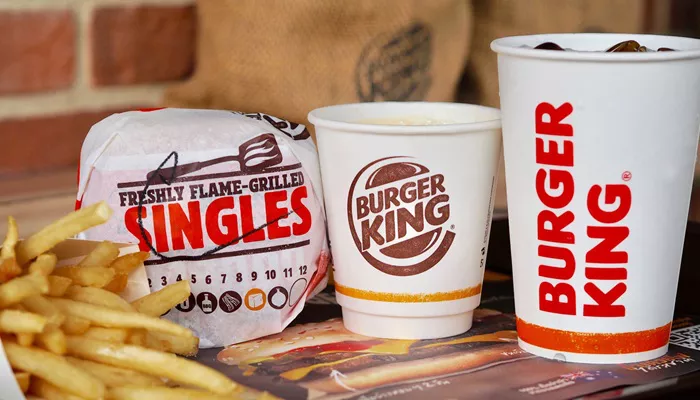This month, Impossible Foods and Burger King marked the fifth anniversary of the Impossible Whopper, a plant-based burger that has proven its staying power in the fast-food industry.
Since its debut in 2019, the Impossible Whopper has stood out amidst a sea of fleeting plant-based options. Unlike other short-lived plant-based burgers, the Impossible Whopper—with its flame-grilled patty and optional mayonnaise—has endured. Its success is partly attributed to Burger King’s effective marketing, which draws a parallel between this meatless burger and its traditional beef counterpart.
“Know the Whopper? Meet its twin,” reads Burger King’s promotional tagline for the Impossible Whopper. “The Impossible Whopper is just like the classic, but with an Impossible patty made from plants.”
The Impact of The Impossible Whopper on Fast Food
The launch of the Impossible Whopper was a strategic move by Burger King, the second-largest hamburger chain in the U.S. with over 7,000 locations. Adding the Impossible Whopper to its menu in 2019 gave Burger King a competitive edge in the plant-based market, a position that continues to benefit the chain in 2024.
The burger’s success lies in its appeal to a broad audience, including those who might not normally choose plant-based options. “Partnering with Burger King has helped us reach a more diverse group of consumers who might not consider plant-based foods otherwise,” says Jagla.
Traditionally dominated by beef and chicken, the fast-food industry has seen a gradual shift towards plant-based options since the Impossible Whopper’s introduction. This expansion has helped normalize plant-based eating in a sector previously known for its meat-heavy menu. Today, Impossible Burgers are found at restaurants like Red Robin, Cheesecake Factory, and Applebee’s, and even as Impossible Sausage at Cracker Barrel.
While some plant-based products, like McDonald’s McPlant, have had limited success, the continued popularity of the Impossible Whopper demonstrates sustained consumer interest in sustainable food options. “The demand for the Impossible Whopper has reinforced the viability of plant-based meat in the industry,” Jagla notes.
Globally, the success of the Impossible Whopper has encouraged Burger King to explore other plant-based meats from different suppliers. Nevertheless, the core purpose of the burger remains consistent. “The Impossible Whopper allows people to enjoy familiar meals, like the classic Whopper, while incorporating more plant-based foods into their diet,” Jagla explains. “We aim to provide more ways for people to enjoy the foods they love without forcing them to change their lifestyle.”
Reflecting on Impossible Foods’ Growth
Impossible Foods entered the foodservice industry in 2016 with its Impossible Beef, initially available at select high-end restaurants. By 2019, the company had to significantly increase production to meet the demand for the Impossible Whopper.
“Impossible has made remarkable progress over the past five years,” says Jagla. “We started with one product in restaurants and have since expanded to grocery stores, launched chicken, pork, and sausage products, and even introduced Impossible Hot Dogs.”
This growth includes not only a broader range of products but also increased brand visibility. In 2024, Impossible Foods underwent a major rebranding, shifting to a “meat-forward” style with new red packaging, inspired by the branding strategies of Coca-Cola and McDonald’s. The company has also partnered with notable figures like hot dog-eating champion Joey Chestnut to widen its reach. Additionally, Impossible Foods recently opened Impossible Quality Meats in Chicago, a pop-up shop showcasing its beef, pork, and chicken products.
These developments reflect Impossible Foods’ commitment to attracting more meat-eaters to plant-based options. “Our goal is to welcome more meat eaters into the plant-based category, and the feedback has been very positive,” Jagla concludes.

